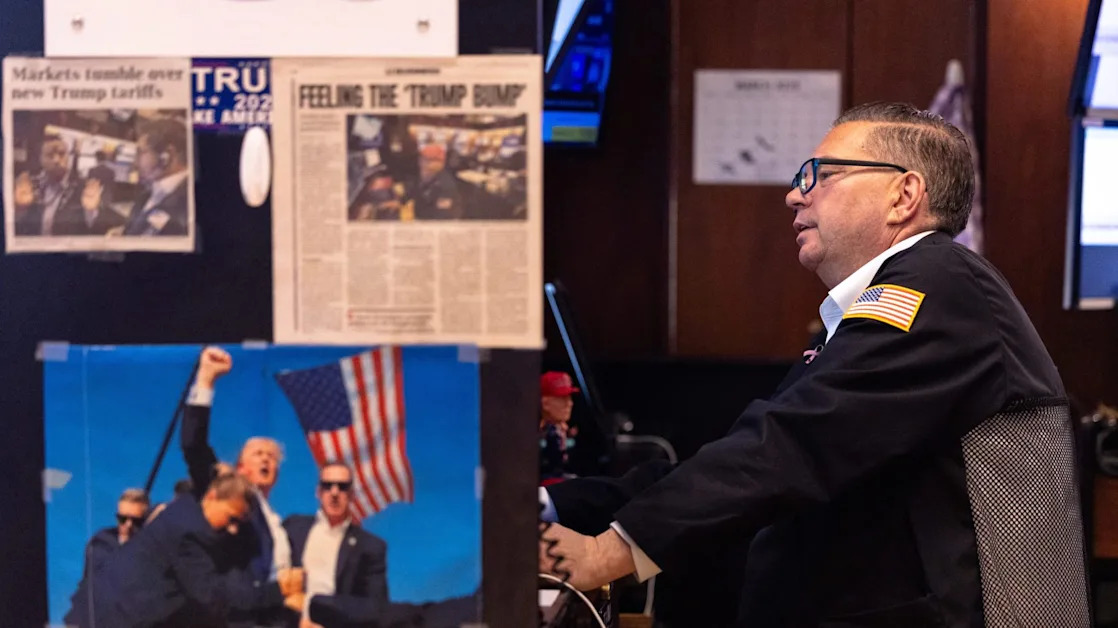
Markets gave up on the ‘Trump put,’ but Bank of America says it’s alive and well
The stock market selloff earlier this month appeared to disabuse investors of the notion President Donald Trump would intervene to support equity prices if his policies spooked markets. However, Bank of America strategists say the so-called Trump put, a play on options terminology, remains alive and well following reports the administration has significantly narrowed a batch of tariffs set to be announced April 2, which the president has referred to as “ Liberation Day .”
Trump regularly bragged about the market’s performance during his first term in office. Stocks initially soared after his election victory amid enthusiasm his administration would focus on business-friendly priorities like renewed tax cuts and deregulation, rather than aspects of his agenda deemed less appealing to investors. However, Treasury Secretary Scott Bessent rejected that notion as the president’s on-again, off-again tariff threats rattled markets , with Trump himself refusing to rule out a recession.
“There’s no put,” Bessent told CNBC earlier this month. “The Trump call on the upside is, if we have good policies, then the markets will go up.”
Purchasing a “put” option contract gives an investor the right to sell an underlying security at a predetermined price, known as the strike price, and, therefore, can be used as an instrument to hedge against downside risk. Meanwhile, simply buying a call option, or the right to purchase the asset at the strike price, is a bullish bet on the security’s value increasing.
To be clear, the idea of a “Trump put” refers to a general commitment from the president to step in if share prices fall dramatically, not any mechanical trading action.
The White House did not immediately respond to Fortune ’s request for comment.
The origins of the ‘Fed put’
Over two decades ago, market watchers and journalists coined a similar phrase referring to the Federal Reserve and Alan Greenspan , who served as chair of the central bank from 1987 to 2006. At the beginning of his tenure, the Fed cut rates shortly after the “Black Monday” crash in October 1987, which provoked fears of a credit crunch. The notion of a so-called Greenspan put grew after arguably similar episodes in 1998 and January 2001.